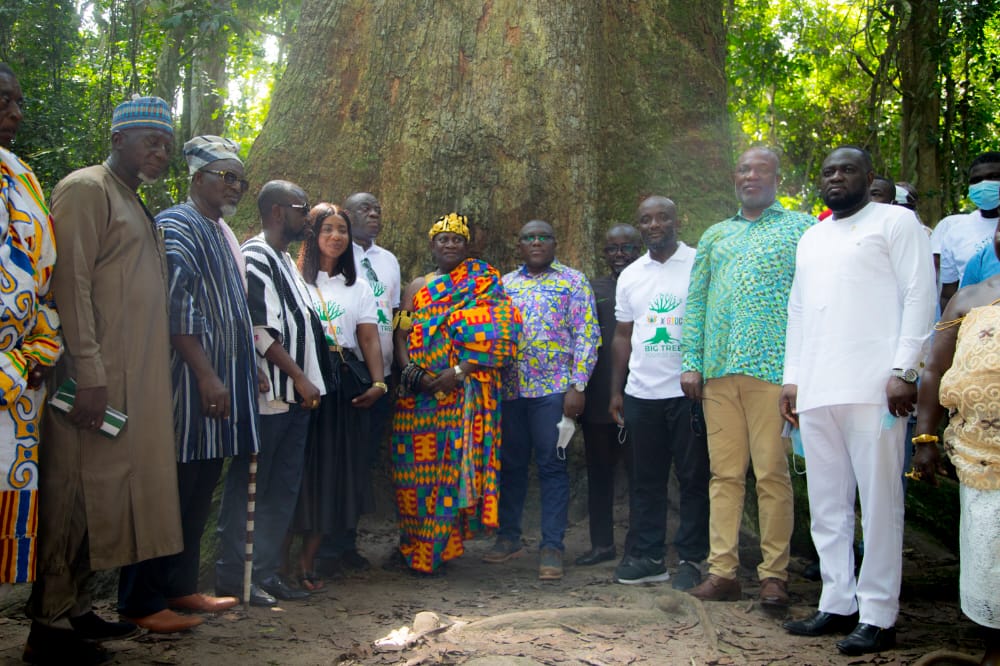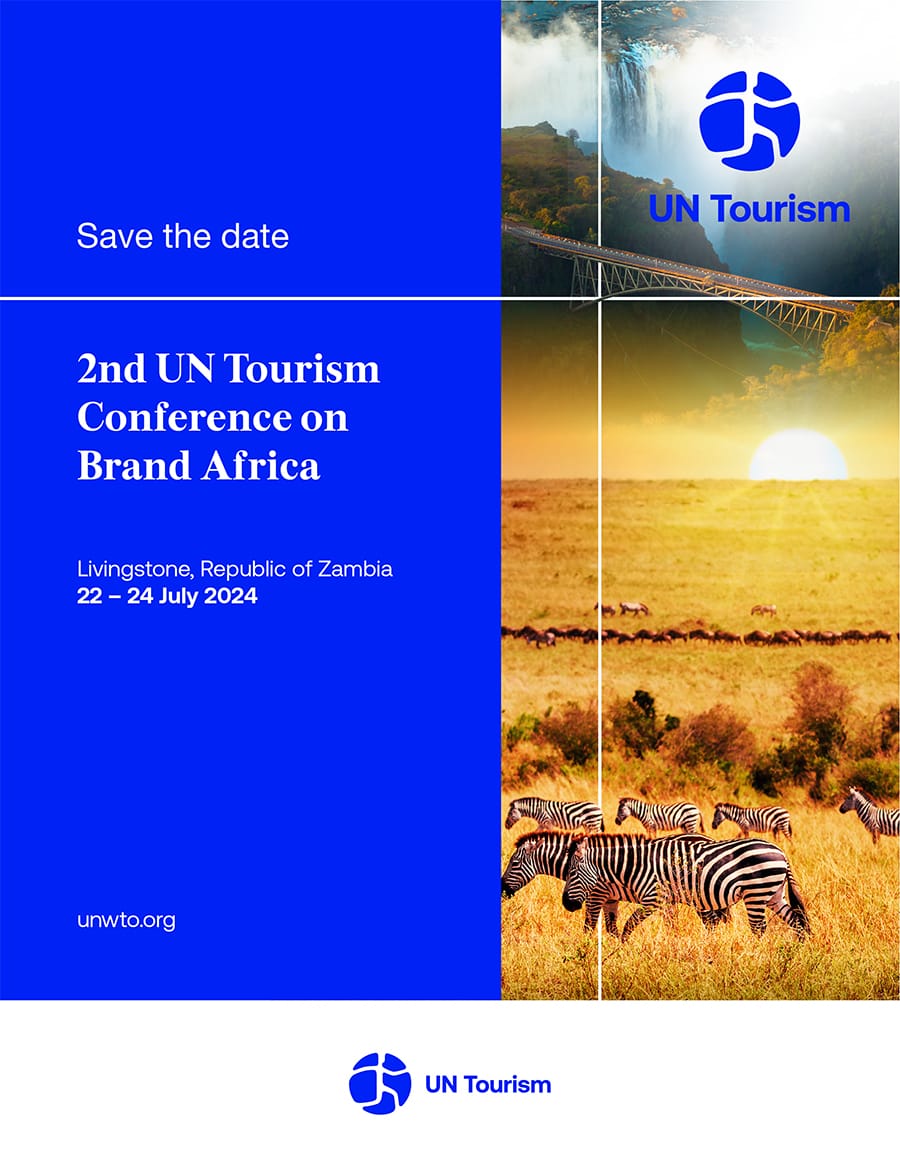Ghana’s Tourism Minister, Dr. Mohammed Ibrahim Awal yesterday, June 23 commissioned the newly redeveloped Big Tree tourist site at Aprokumase near Akyim-Manso in the Eastern Region.
The site, which had been designated a tourist site in 2004 with the construction of a visitor receptive facility had been left in a state of disrepair since 2009 and until it’s rehabilitation, the area had witnessed close to no tourist visitations.
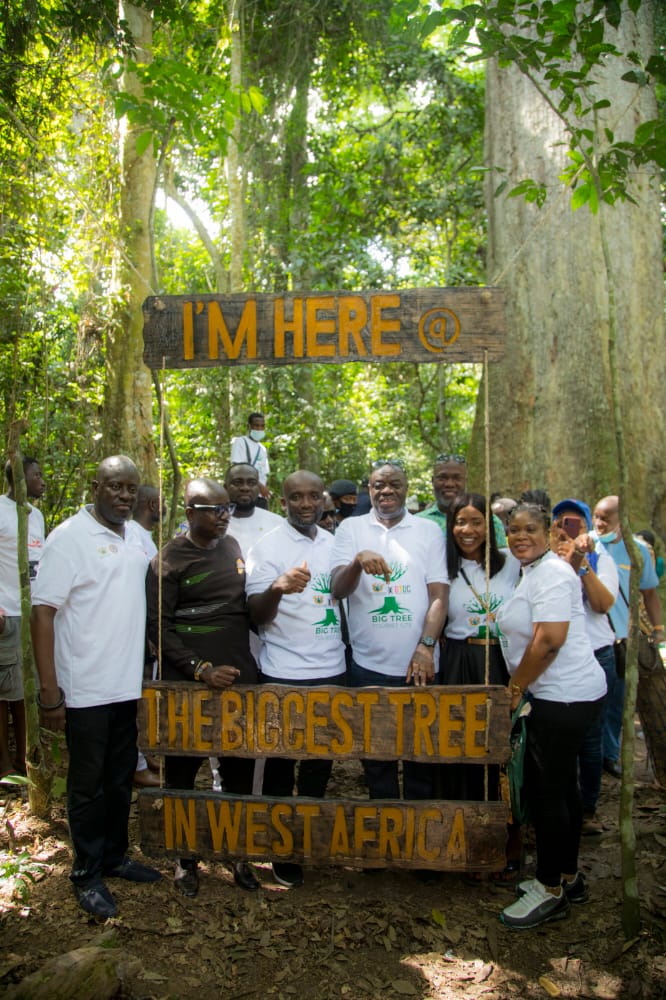
Speaking at the commissioning of the facility, Dr. Awal commended the Ghana Tourism Development Company (GTDC) which initiated and financed the redevelopment. Assuring the gathering of government’s commitment to drive one million domestic tourists, the Minister charged the GDTC and Ghana Tourism Authority to ensure at least 3,000 visitors to the area annually.
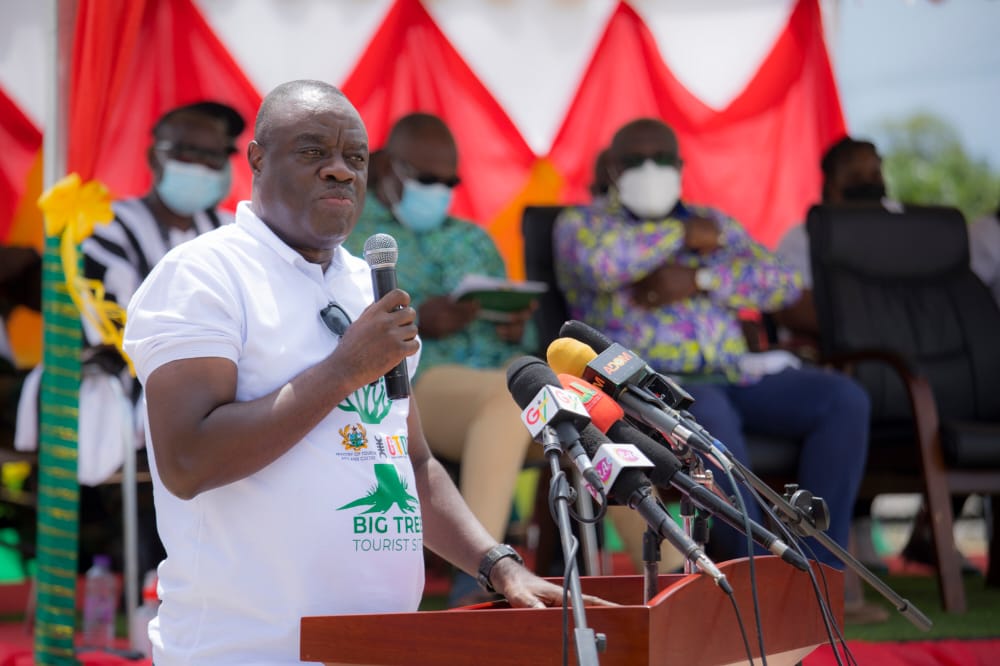
Chief Executive Officer of GTDC, Kwadwo Odame Antwi said the site has been developed in keeping with government’s vision of developing and upgrading tourist sites to improve tourist facilities across the country and other attractions to enhance visitor experience.
Big Tree Tourist Site Redevelopment
The Big Tree is reported to be the biggest tree in the whole of West Africa. The Tree located in the Essen-Epam Forest Reserve has been a key tourist attraction in the Eastern Region since it was discovered in the 1950s. The re-development involved two major activities which were upgrade works at the Big Tree and Forest Reserve side and the renovation of GTDC’s Receptive Facility near the site. The re-development saw the relocation of the entrance and the trail to the Big Tree Eco-Tourism site to opposite the GTDC Receptive Facility.
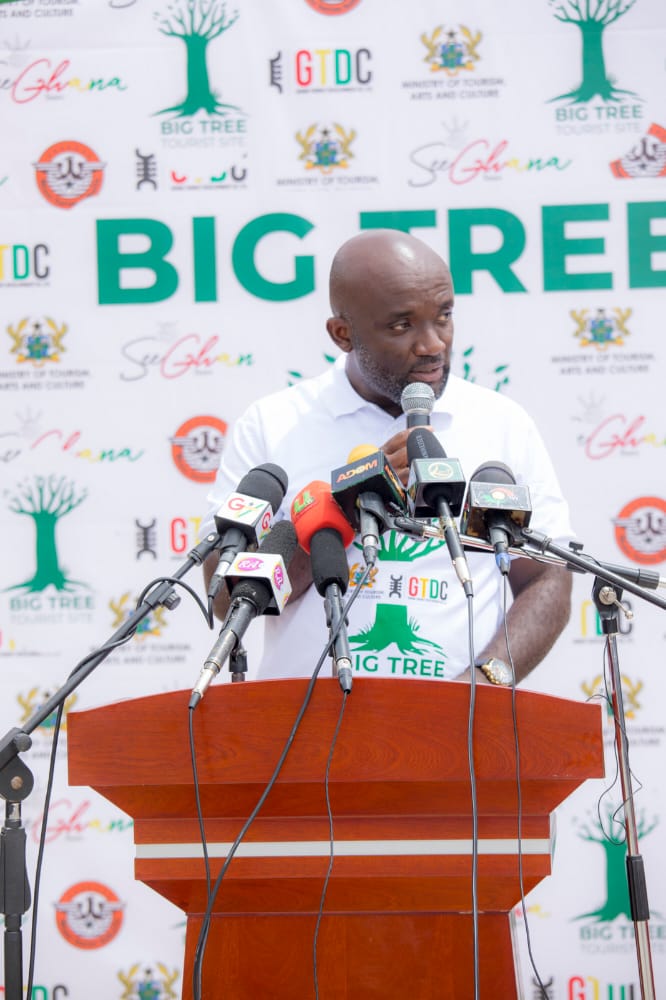
The erection of a wooden entry arch and a 20 metre teak log fencing on both sides of the arch. The rest included the designation of rest areas and benches, developing a new and exciting hiking trail to the Tree as well as labelling of trees with their botanical and local names for educational purposes.
On the Receptive Facility side, the upgrade saw a general renovation of the Facility involving a complete reroofing, the designation of a visitor information centre, construction of a cafeteria and children’s playground. The rest included the demarcation and paving of a car park and the creation of an event centre to be used for social events such as parties, funerals and graduation and passing out ceremonies.
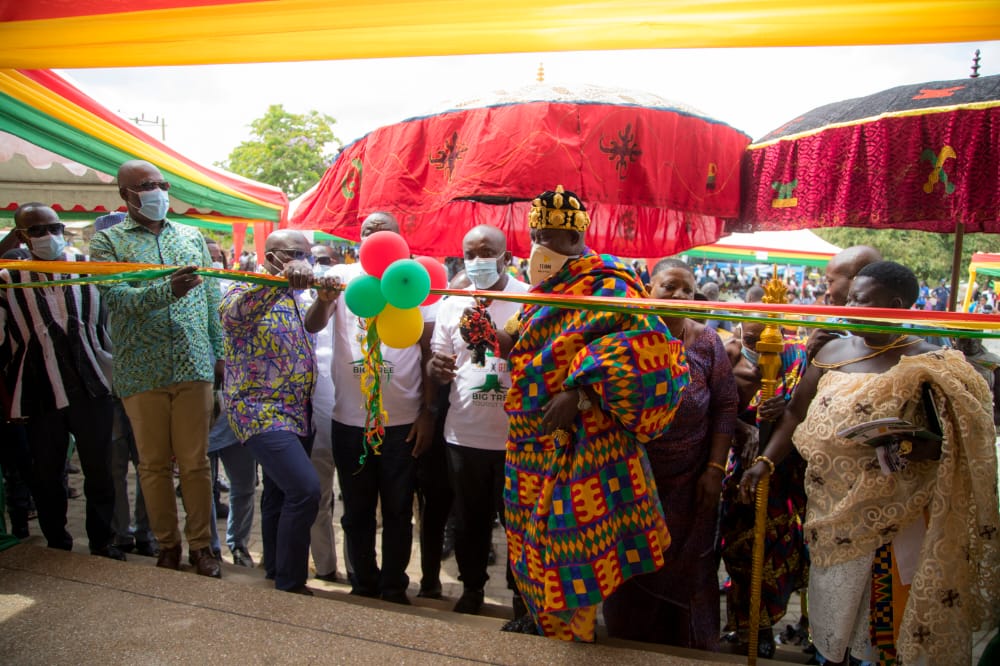
The site is expected to create 15 direct jobs for people who will work as facility manager, tour guides, security, maintenance and janitorial staff, shop attendants etc. Additionally, it will generate businesses for farmers, suppliers, art and craft dealers, traditional caterers and other local businesses.

Mr. Antwi stressed that “the impact of this will have on the local economy cannot be overemphasized. Already, there is an upsurge in business activities and we believe the new facility will help create employment both directly and indirectly.”
He added that phase two of the redevelopment will include the establishment of eco-friendly accommodation facilities, a fuel station, a canopy walkway among others.
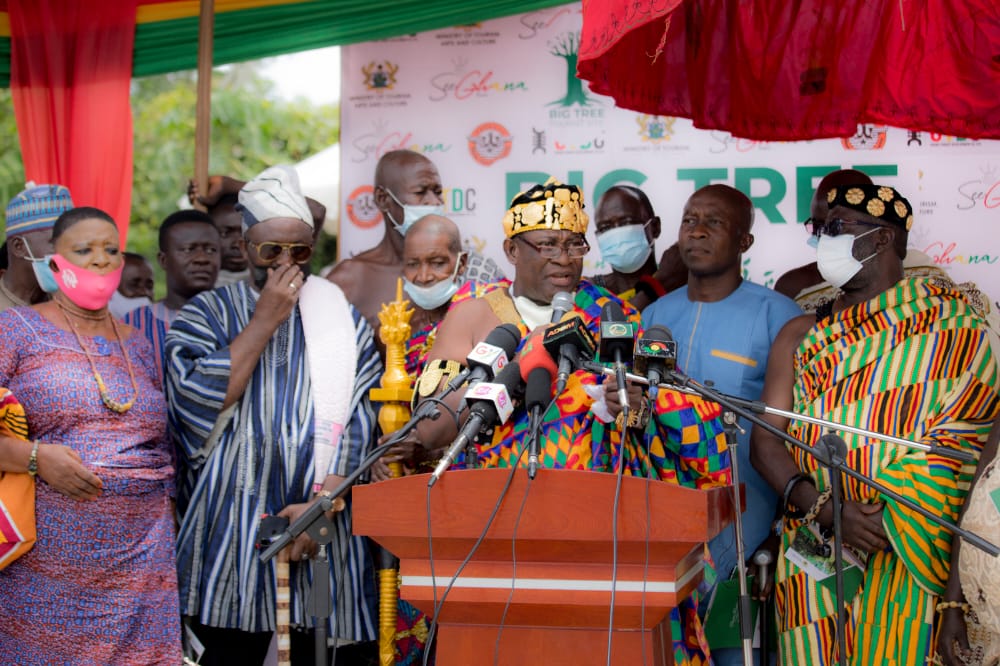
The commissioning ceremony brought together a large entourage of government officials including, the Regional Minister, District Chief Executive, CEO, Ghana Tourism Authority, Some Members of Parliament, Officials from the Forestry Commission, Police Service, Military, Traditional Authority, Media and members of the community.
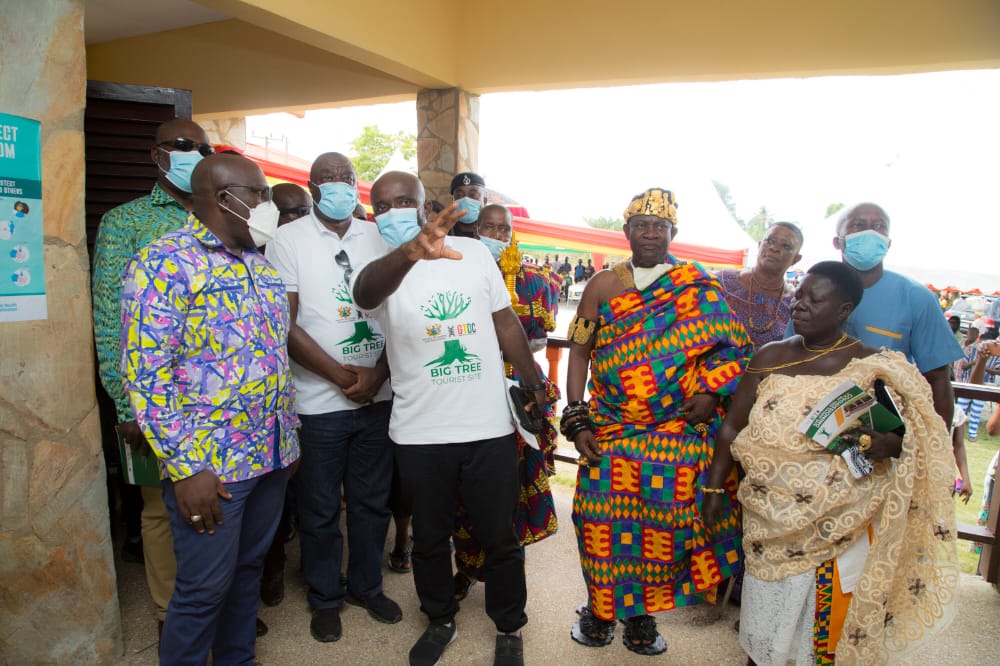
Benkumhene of Akyem Kotoku Traditional Area, Obrempong Sintim Poku III who led traditional authorities to the commissioning event called for the protection of the forest and preservation of the tree as it has been around for close to 700 years.
Story by: Samuel Obeng Appah


